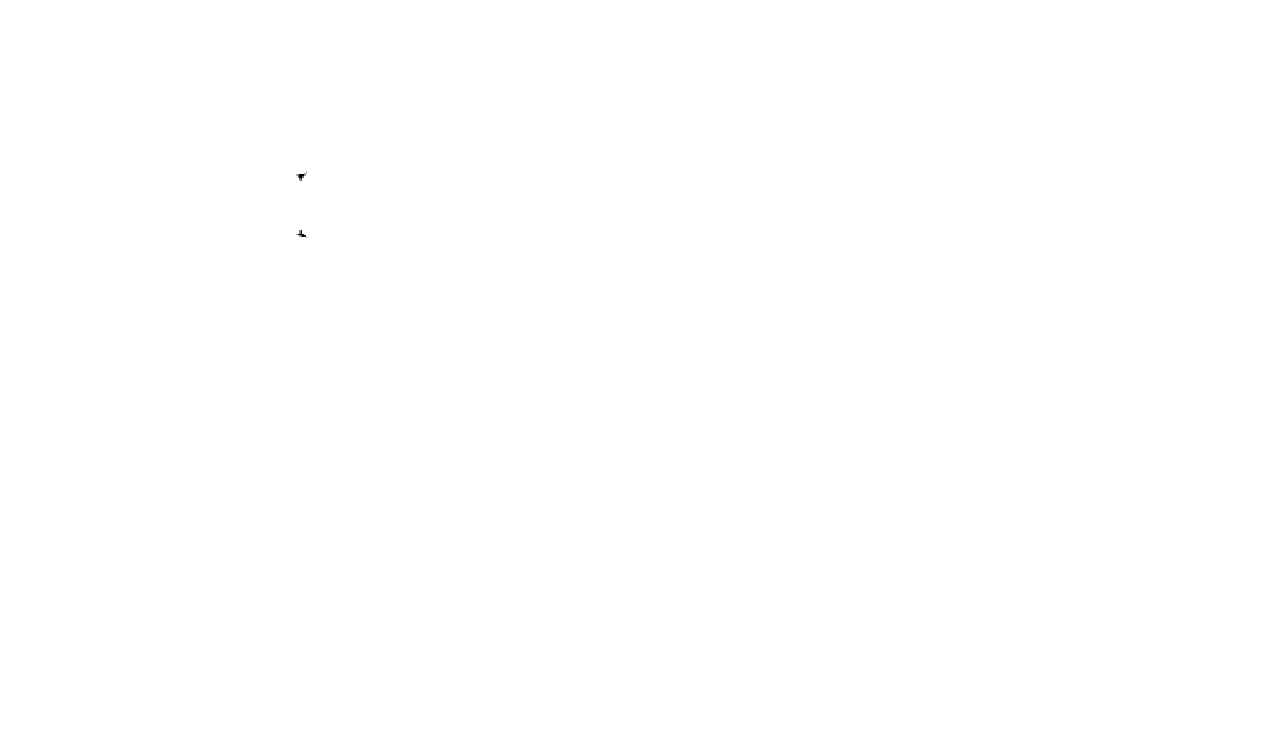Biology Reference
In-Depth Information
Loss of AGGCGGAGG motif
Human
(Homo sapiens)
(CGG)
9
AGG(CGG)
9
AGG(CGG)
9
Acquisition of
3' AGG
(CGG)
9
AGGCGGAGG(CGG)
7
AGG(CGG)
9
AGG(CGG)
3
cassette
Loss of distal AGG
(CGG)
9
AGGCGGAGG(CGG)
17
(5-7 Mya)
Gorilla
(Gorilla gorilla)
(CGG)
8
AGGCGGAGG(CGG)
3
AGG(CGG)
3
AGG(CGG)
3
AGG(CGG)
3
Chimpanzee
(Pan troglodytes)
(CGG)
9
AGGCGGAGG(CGG)
16
AGGCGG
Pygmy chimpanzee
(Pan paniscus)
(CGG)
2
CAG(CGG)
12
AGG(CGG)
7
AGG(CGG)
15
Orangutan
(Pongo pygmaeus)
(CGG)
8
AGGCGGAGG(CGG)
2
AGG(CGG)
3
AGG(CGG)
8
Gibbon
(Hylobateslar)
CGGCGACGGCGA(CGG)
2
CGACGGCGA(CGG)
3
AGG(CGG)
11
Proliferation of
AGG interspersions
Branch position is variable
(CGG)
9
AGGCGGAGG(CGG)
2
AGG(CGG)
14
Pongid/Hominid (19 Mya)
Loss of AGGCGGAGG motif; recent acquisition of CAG
29
(CGG)
14
AGG(CGG)
6
Hominid ancestor
25 Mya
21
repeats
Acquisition of 3' AGG
Acquisition of
5' CGA interruptions
22
Acquisition of
1st AGG
CGGCGACGCCGA(CGG)
2
CGACGGCGA(CGG)
6
AGG(CGG)
6
Hylobatid
Siamang
(Hylobates syndactylus)
CGGCGACGGCGA(CGG)
2
CGA(CGG)
5
AGG(CGG)
3
AGG(CGG)
7
Allen's monkey
(Allenopithecus nigroviridis)
(CGG)
20
Baboon
(Papio)
(CGG)
12
CGGG(CGG)
19
Drill
(Mandrillus leucophaeus)
(CGG)
9
CGGG(CGG)
14
Rhesus monkey
(Macaca rhesus)
(CGG)
13
CGGGCGGCGGG(CGG)
14
Duc's langur
(Pygathrix nemaeus)
(CGG)
10
Proboscis monkey
(Nasalis larvatus)
(CGG)
7
Loss of CGGG interruption
(Cercopithecinae)
(Papionae)
Acquisition of
CGGG interruption
(CGG)
13
CGGG
Cercopithecid
Catarrhine ancestor
(31 Mya)
(CGG)
7
14
*
(CGG)
7
Cercopithecoid
ancestor
7
repeats
Acquisition of CGGG interruption
7
Maintenance of
ancestral state
(CGG)
7
Colobid
Golden monkey
(Rhinopithecus roxellana)
(CGG)
7
Colobus monkey
(Colobus guereza)
(CGG)
8
Lemur
(Lemur fulvianus)
(CGG)
14
Figure 8.13.
Hypothetical schema for the evolution of the
FMR1
CGG repeat in Old World monkeys (after Eichler
et al
., 1995). Mya, million years
ago.


